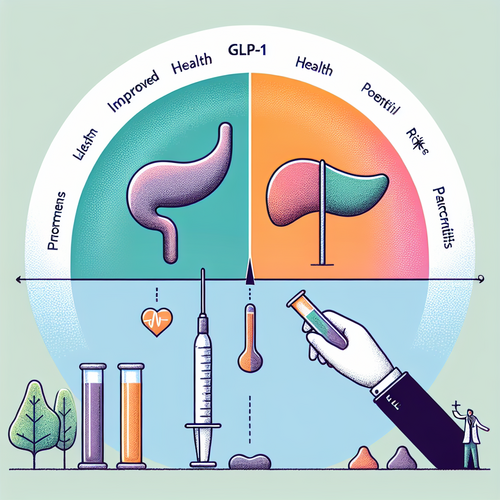Walk into a gym, scroll through your phone, or strap on a smartwatch, and you’re increasingly likely to encounter the subtle (and sometimes not-so-subtle) hand of artificial intelligence. AI is no longer confined to sci-fi films or complex data centres; it’s actively making inroads into our daily lives, and perhaps nowhere is this more evident than in the realm of health and fitness. From suggesting your next workout tune based on your heart rate to dynamically adjusting your exercise routine mid-session, AI-powered tools promise a revolution in how we pursue wellness. They dangle the allure of hyper-personalization, unparalleled accessibility, and cost-effectiveness, potentially democratizing access to tailored fitness plans previously only available through expensive personal trainers or niche programs. But beyond the glossy interfaces and enthusiastic marketing, what does this mean for the average person looking to get fit? Are we on the cusp of a truly intelligent fitness era, or are there wrinkles in the algorithm we need to be aware of?
The appeal of AI in fitness is undeniable, largely stemming from its ability to process vast amounts of personal data – gleaned from wearables, user input, and historical performance – to create seemingly bespoke plans. Unlike a static workout guide, AI platforms can adapt goals based on real-time progress, suggest recovery periods factoring in sleep and exertion, and even offer behavioral nudges precisely when motivation might wane. The convenience factor is massive; workouts can be accessed anywhere, making fitness feasible for homebodies, frequent travelers, or those with unpredictable schedules. Furthermore, the cost barrier is significantly lower than traditional methods, with many apps offering comprehensive features for a fraction of the price of a gym membership or a personal trainer. For beginners, AI can act as a digital guide, alleviating the intimidation of starting a new routine and providing structured guidance based on initial assessments. This adaptive goal setting, automatic scheduling, and constant feedback loop represent a significant leap from generic fitness apps of the past, promising more efficient and engaging paths to achieving personal health targets.
However, the rapid integration of AI into such a personal and health-critical domain is not without its challenges and potential pitfalls. One of the most significant concerns is the current lack of standardized regulation and clear scope of practice. Human trainers and registered dietitians operate within established professional frameworks with specific certifications and ethical guidelines, delineating what advice they are qualified to give. AI, on the other hand, can blend exercise prescription, nutritional suggestions, and behavioral psychology without adhering to these boundaries. While convenient, this means the user has no guarantee that the integrated advice is safe, appropriate, or tailored correctly for their specific health conditions or limitations. Furthermore, the data sets training these AI models can be biased, often leaning heavily towards young, healthy demographics. This inherent bias means the recommendations generated may not be suitable, or potentially even harmful, for older adults, individuals with disabilities, or those with pre-existing health issues, such as asthma or respiratory conditions mentioned in the news, for whom exercise prescription requires careful consideration and often expert medical oversight. The ethical implications are also critical; algorithms designed solely to push users towards arbitrary body metrics or weight goals could inadvertently foster unhealthy habits and body image issues, highlighting the need for a more holistic and health-focused design philosophy.
Beyond the individual user experience via apps, AI is also set to transform the physical fitness landscape and the role of human expertise. Imagine connected gym equipment that communicates directly with your personalized AI profile, adjusting intensity based on your performance in real-time and suggesting immediate recovery protocols upon completion. This integration extends to lifestyle recommendations, with AI potentially curating meal plans based on workout output, weight goals, and even metabolic data. Interestingly, AI isn’t just positioned as a replacement for human trainers but also as a powerful tool *for* them. Coaches working with athletes, from professionals to high schoolers or everyday enthusiasts, can leverage AI for advanced sports science analysis, performance optimization, and tailoring programs with unprecedented precision. The concept is shifting towards viewing everyone as a “high-performing human” relative to their own goals, with AI assisting trainers in unlocking that potential, whether it’s on a professional field or during a morning walk. This suggests a future where AI augments human coaching, providing data-driven insights that elevate the quality and personalization of fitness guidance across the board.
In conclusion, the integration of AI into fitness is a dynamic and rapidly evolving trend brimming with exciting possibilities. It offers unprecedented levels of personalization, accessibility, and data-driven insights, promising to make effective fitness more affordable and convenient for millions. However, realizing this potential requires navigating significant challenges related to regulation, data bias, ethical considerations, and the crucial need for rigorous validation, especially for diverse populations. As AI tools become more sophisticated, the conversation must shift from simply automating fitness to ensuring these technologies are developed responsibly, prioritizing user safety, promoting healthy behaviors, and ideally, working in synergy with human expertise rather than attempting to fully replace it. Are we ready for a future where algorithms guide our squats and suggest our snacks? Perhaps, but only if we build that future with careful consideration for both the intelligence of the machine and the complex, individual needs of the human.














